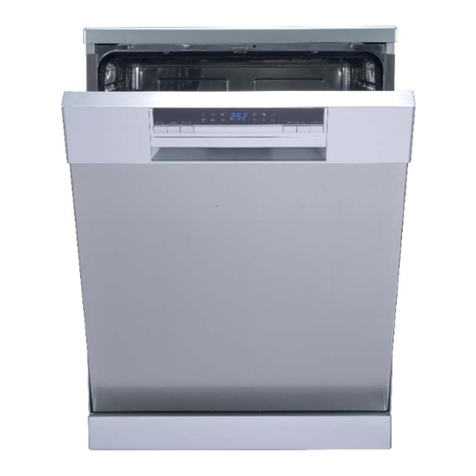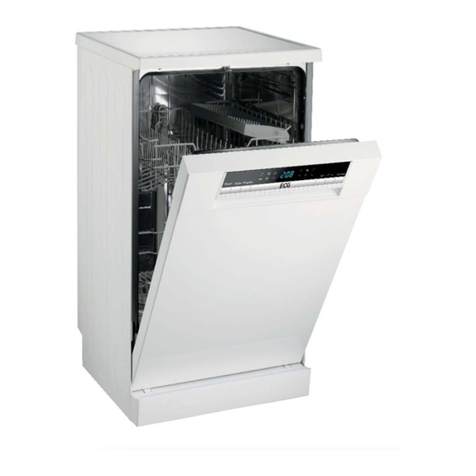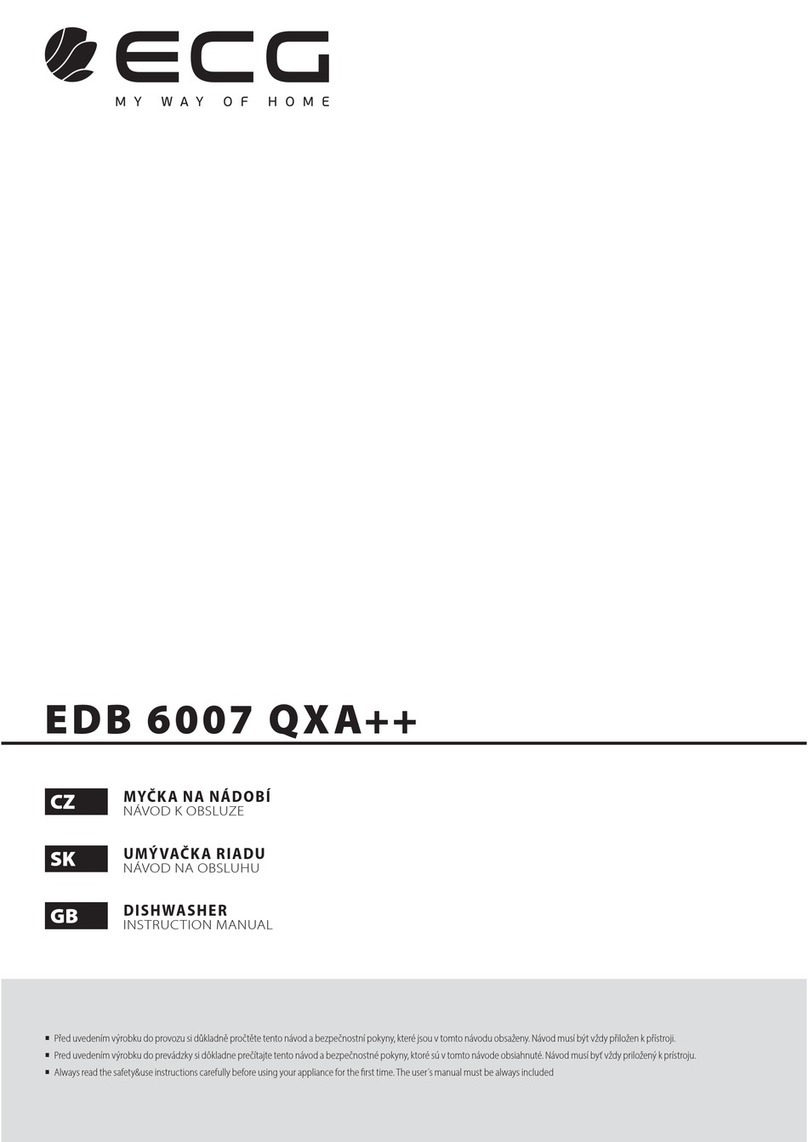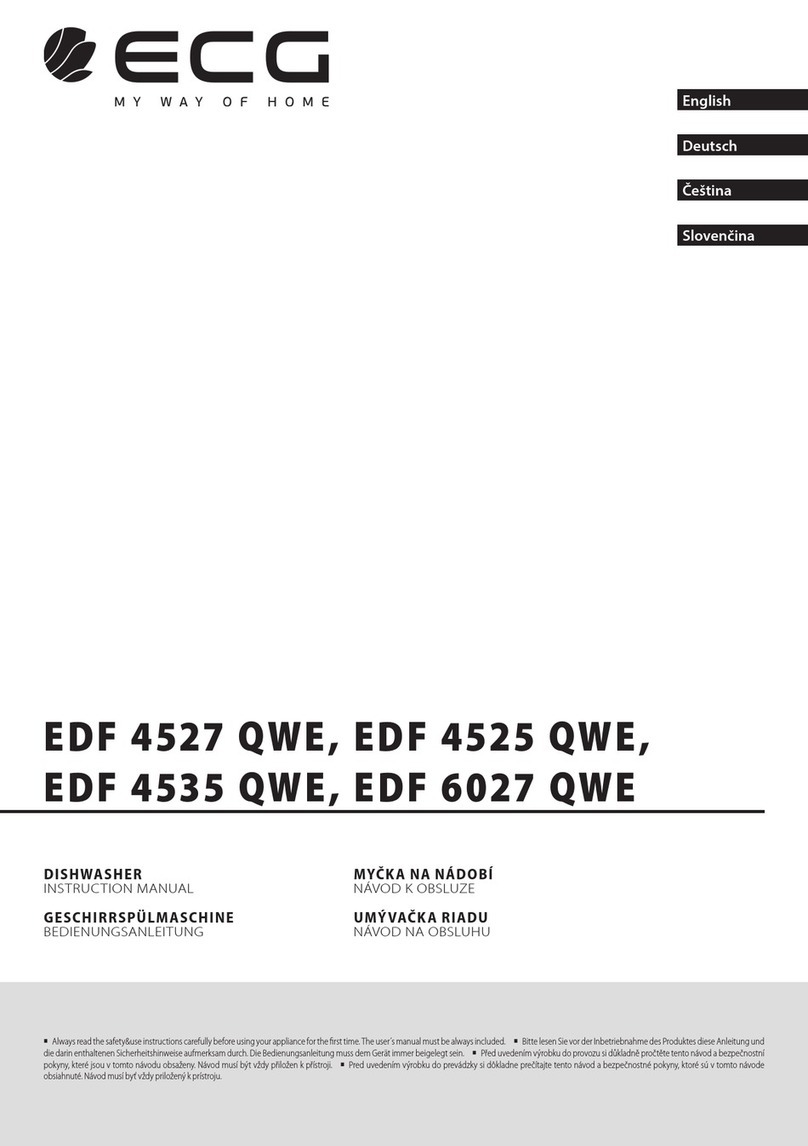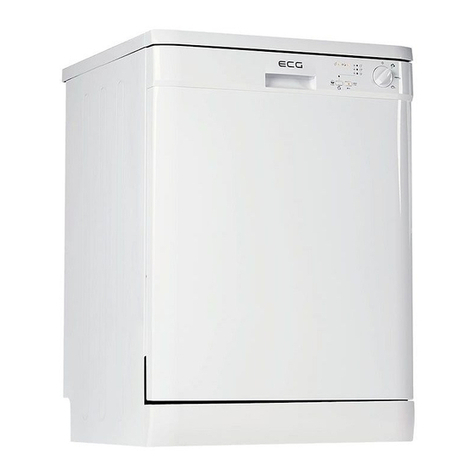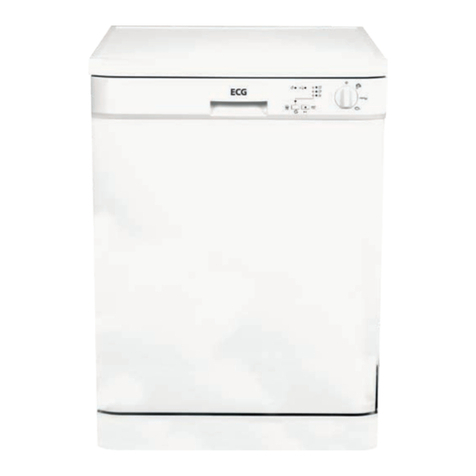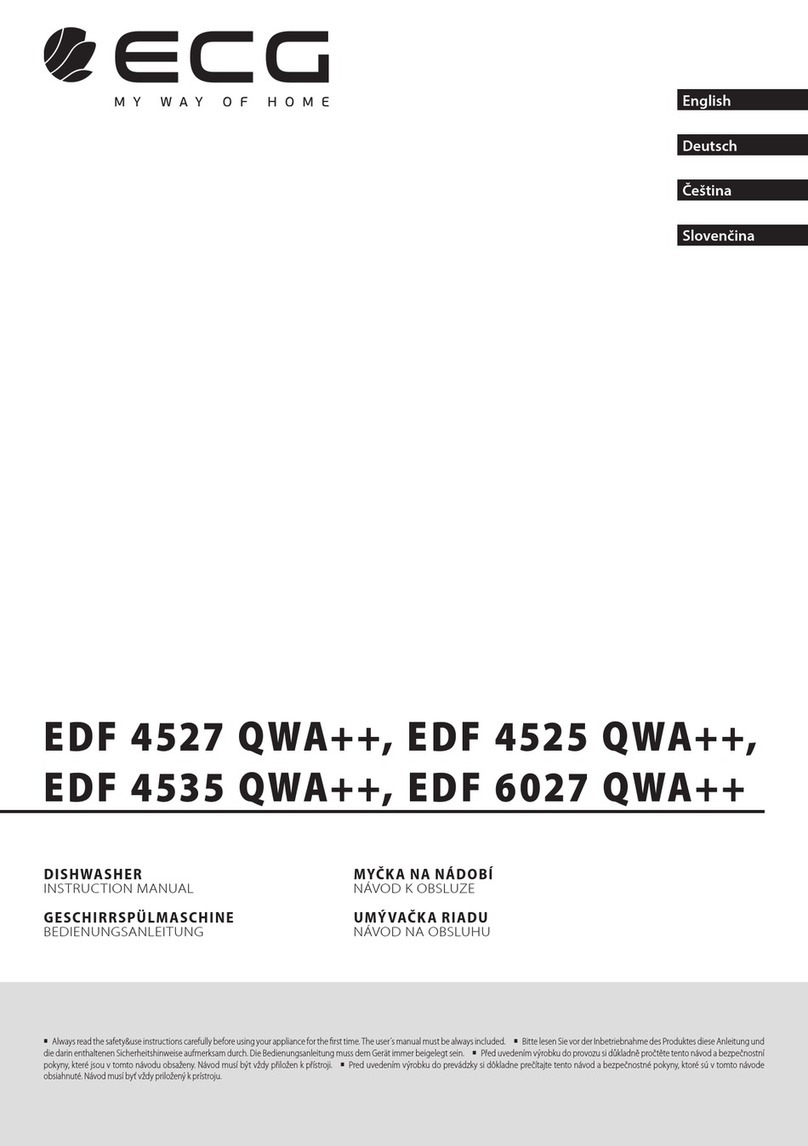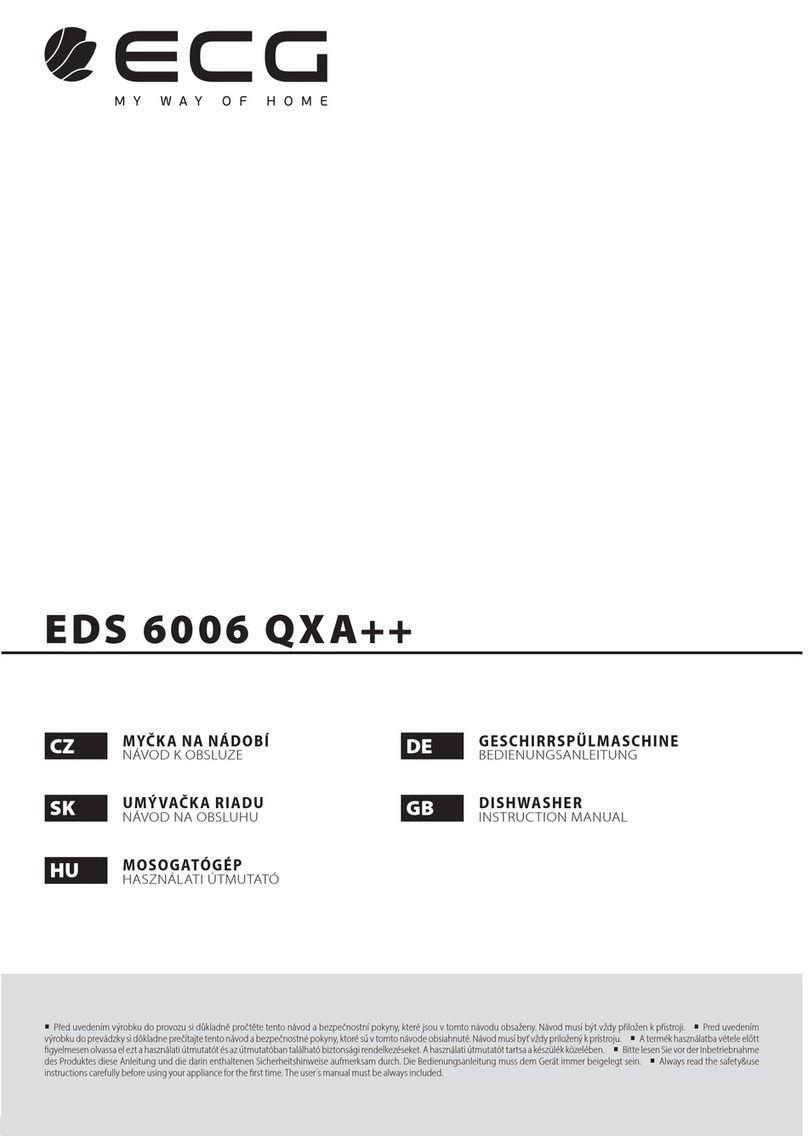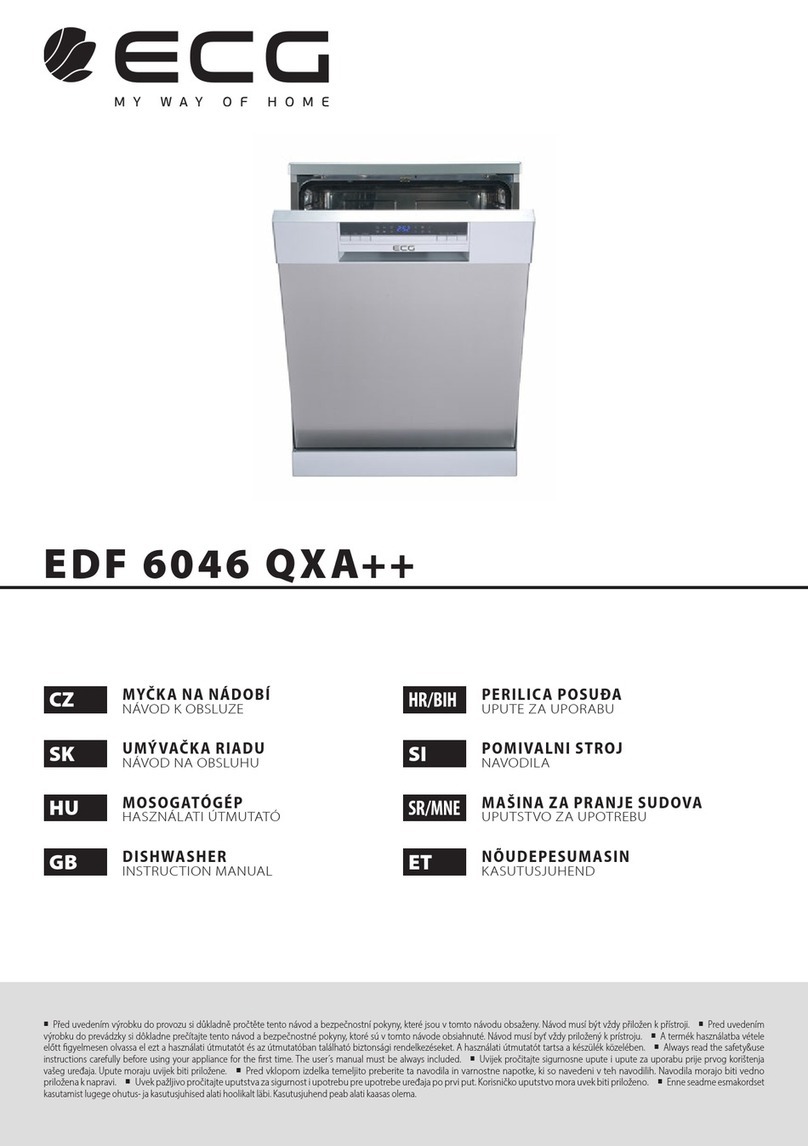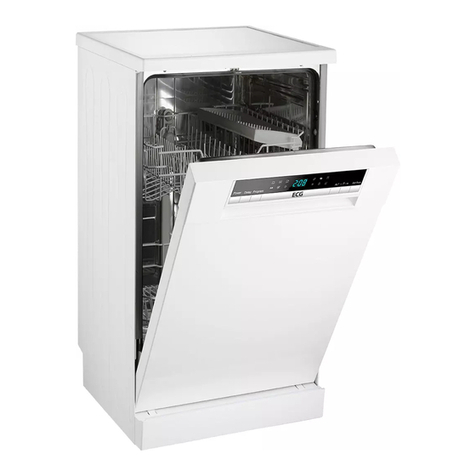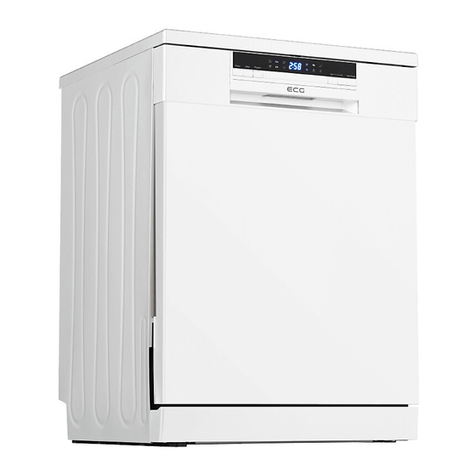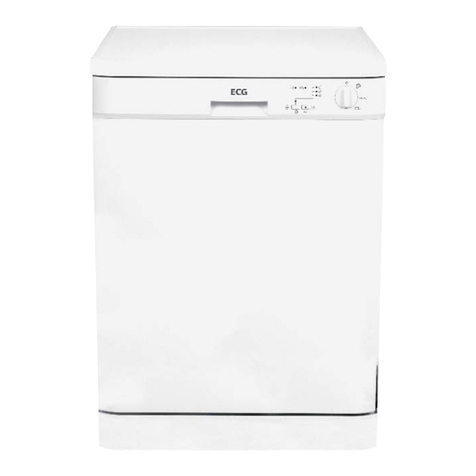
English
English
4
SAFETY INSTRUCTIONS
Please read carefully and keep for future reference.
Warning: The safety measures and instructions contained in this manual do not include all potential conditions
and scenarios. The user must understand that common sense, caution and care are factors that cannot be
integrated into aproduct. Therefore, the user is responsible for these factors when using and operating this
appliance. We are not liable for any damages caused during shipping, by incorrect use, voltage uctuation or
the modication or adjustment of any part of the appliance.
Always, when using electrical appliances, you should follow basic precautions including the following
measures to prevent the risk of re or electric shock:
• This appliance can be used by children ages 8 and older and by the physically and
mentally impaired or by individuals with insucient experience and knowledge, if
supervised or trained to use the appliance in asafe manner and understand the risks
involved with the improper use of the appliance. Children must not play with the
appliance. Cleaning and maintenance operations performed by the user shall not
be carried out by children, if they are not older than 8 years and under supervision.
• Do not force open the door or the baskets for dishes, do not sit on the door and do not step on it.
• Do not touch the heating element after nishing the washing.
• Do not start the dishwasher until it is properly seated. If the dishwasher is running, open the door very carefully because
of the risk of scalding.
• Do not place heavy objects on the open door, the dishwasher could tip over.
• When you put in the dishes for washing:
1. Place sharp-edged objects so that they do not damage the door seal.
2. Attention: Knives and similar sharp objects must be put into baskets horizontally or with sharp edges downward.
• When using the dishwasher, make sure that the plastic items cannot come into direct contact with heating elements.
• After the end of the washing cycle, check, if the detergent dispenser is empty.
• Do not wash plastic dishes in the dishwasher that are not identied as suitable for adishwasher. .
• Use only detergents and rinse aids designed for dishwashers.
• Use only detergents and rinse aids designed for automatic dishwashers. Never use soaps, laundry detergents or
detergents for manual washing.
• Protect your appliance from children.
• Prevent children from coming into contact with washing detergent. Do not let them come close to the open door, inside
may still be residues of detergent.
• The detergents are strongly alkaline and their ingestion can be extremely dangerous! Prevent contact with skin and eyes.
When the door is open, prevent children to come close to the dishwasher.
• Do not leave the door open, you can easily trip over it.
• If the power cable is damaged, it may be replaced only by the manufacturer, service technician or other qualied person,
to avoid the risk of electric shock.
• Ensure ecological liquidation of the packaging material.
• Use the dishwasher only for the purpose for which it was designed.
• The power cable may not be pulled, bent or overloaded during installation. Do not touch the controls before installation.
• When installing connect anew set of hoses, old hoses should not be used again.
• If there are ventilation openings on the bottom of the appliance, they must not be covered by acarpet.
• The appliance is intended for household use. Commercial use will void the warranty.
GROUNDING OF THE APPLIANCE
• This appliance must be grounded. In the event of afailure or accident, grounding reduces the risk of electric shock. The
appliance is equipped with athree core power cable with aplug with grounding contact. In accordance with local laws
and directives, the power cord must be connected to aproperly grounded power outlet. Improper connection of the
grounding conductor may increase the risk of electric shock.
• If you are not convinced about proper grounding of the appliance, contact aqualied technician. If the power cord plug
of the device does not match your wall outlet, ask aqualied technician for replacement.
